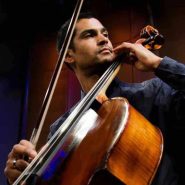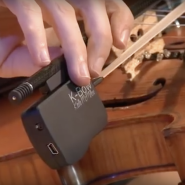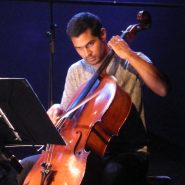Tag: Zeigler
By Jeffrey Zeigler November 1, 2012
By Jeffrey Zeigler April 18, 2012
Subjects Repertoire
By Jeffrey Zeigler February 27, 2012
By Jeffrey Zeigler November 21, 2011
Subjects Technology
Tags cello, cellobello, device, discussion, interactions, Jeffrey, k-bow, Kronos, Master Class, music, Quartet, Zeigler
By Jeffrey Zeigler May 29, 2011
Subjects Technology
By Jeffrey Zeigler March 18, 2011
Subjects Travel
Tags air travel, airlines, cello, control, Experience, extra seat, FAA, FAA passenger bill of rights, flexible, flying, Jeffrey, Kronos Quartet, Quartet, regulations, rules, safety, Travel, TSA, Zeigler
By Jeffrey Zeigler December 1, 2010
Subjects Technology







